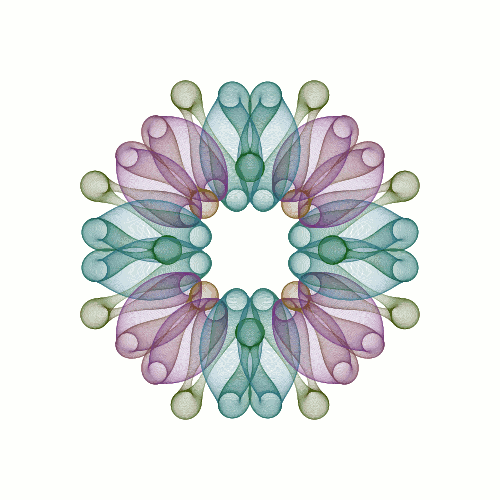
Academic Projects
Linear Statistical Model And Diagnostic Plot
The objective of this study mainly focused on performing a linear regression model with an mpg car dataset and executing a diagnostic plot. The diagnostic plot leads the prediction errors (residuals) against the predicted values and it’s used to see if the predictions can be improved by fixing problems in the data.
Simulation of Covid-19 Lateral Test Process Using R simmer
A discrete-event simulation (DES) models a system as a discrete sequence of events. The execution of an event at a given time will lead to a change in the system’s state. One can configure the combination of events in a system in such a way that it can simulate an actual process. The applications of DES-based simulation are broad. If used to simulate a process one can for example gain insights into the process’ risk, efficiency, and effectiveness. Also, by simulation of an alternative configuration of a process, one can proactively estimate the benefits of changes to the process. This in turn allows one to get clear insights into the benefits of process redesign strategies (e.g., extra resources). simmer is a process-oriented and trajectory-based discrete-event simulation package for R. The architecture encloses a robust and fast simulation core written in C++ with automatic monitoring capabilities. It provides a rich and flexible R API that revolves around the concept of trajectory, a common path in the simulation model for entities of the same type. It is designed to be a generic framework, it leverages the power of Rcpp to boost performance and make DES modeling in R not only effective but also efficient. As a noteworthy characteristic, simmer exploits the concept of trajectory: a common path in the simulation model for entities of the same type. As a modeling framework, it is flexible and simple to use and leverages the chaining/piping workflow introduced by the magrittr package. The development of the ‘simmer’ package started in the second half of 2014. The initial need for a DES framework for R came up in projects related to process optimization in healthcare facilities. Most of these cases involved patients following a clear trajectory through a careful process. This background is not unimportant, as it led to the adoption and implementation of a trajectory concept at the very core of simmer’s DES engine. This strong focus on clearly defined trajectories is somewhat innovative and, more importantly, very intuitive. Over time, the simmer package has seen significant improvements and has been at the forefront of DES for R. Although it is the most generic DES framework, it is however not the only R package that delivers such functionality. For example, the SpaDES package (Chubaty and McIntire 2016) focuses on spatially explicit discrete models, and the queue computer package implements an efficient method for simulating queues with arbitrary arrival and service time.
DEVELOPING R SHINY APP WITH DIFFERENTIAL GENE EXPRESSION DATA (REAL-TIME PCR)
This research project allows to create of a Shiny app to plot gene expression data (Real-Time PCR) from a published manuscript entitled An Unbiased Systems Genetics Approach to Mapping Genetic Loci Modulating Susceptibility to Severe Streptococcal Sepsis by Abdeltawab, N.F. et al. 2008. The plots represent genes selected by Abdeltawab et al. from their mapped QTLs that were deferentially expressed in susceptible and resistant groups. This is shown as either up or down-regulated in either both groups or one of the groups.
More Updates
To get more insightful mathematics-related updates follow Blogs & Articleson my website
To get more updates on R programming and visualizations follow the RPubs and the R Programs & Visualizations corner on my website.